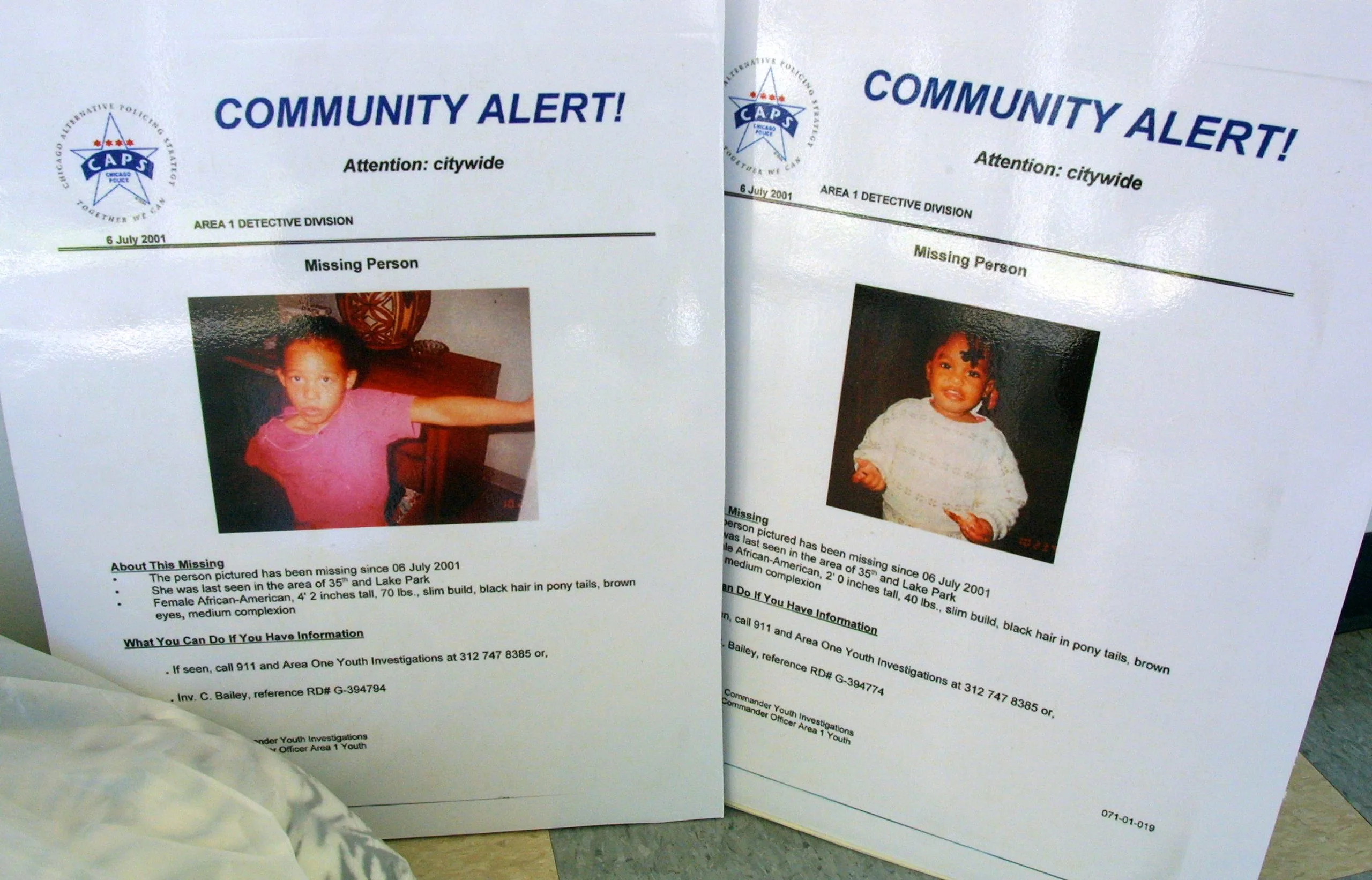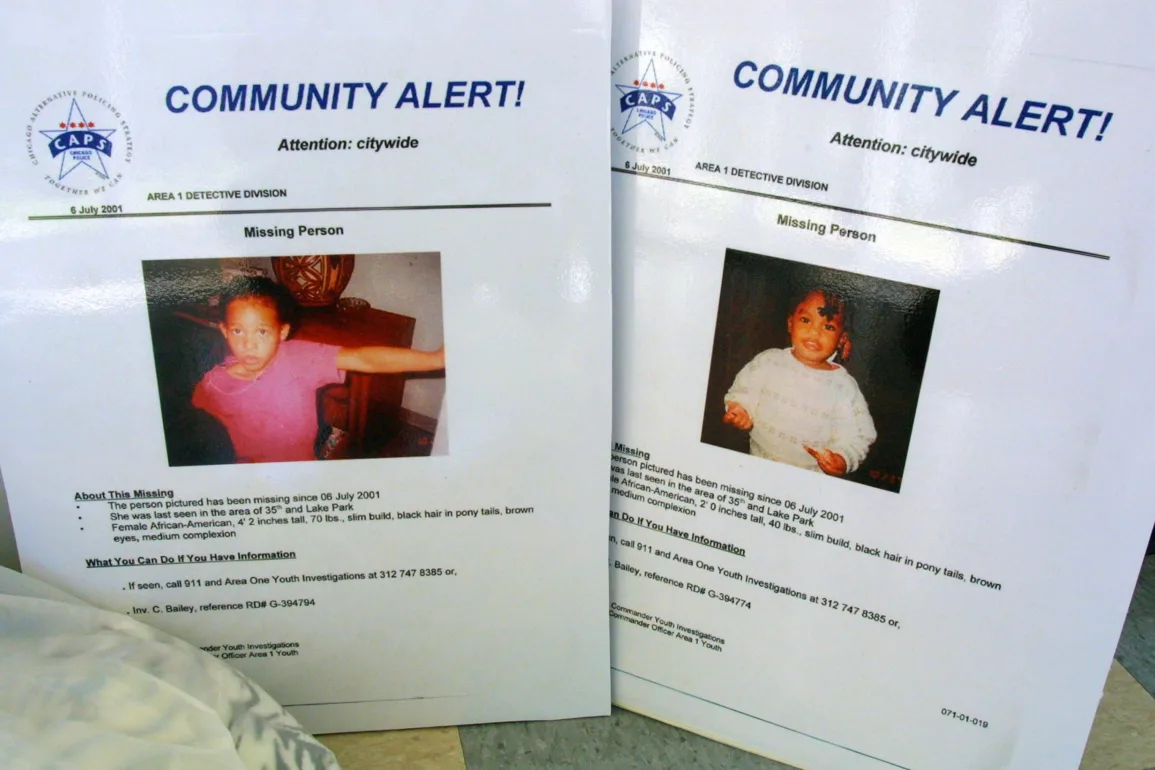
Four years ago, as the six members of Minnesota’s United Black Legislative Caucus gathered for one of their first meetings, Ruth Richardson proposed a novel idea to create a task force to investigate the root causes of violence against Black women.
Richardson said she was in her first term as a state representative when she realized that everyone on the team had personal stories of missing or murdered family members and some cases remained unsolved. In those moments, Richardson said, she reflected on a cousin who went missing decades earlier in the South and how her family never got closure.
Black girls and women make up 7% of the U.S. population, according to the U.S. census, yet, they are more likely to go missing or are killed every year than any other race or ethnicity, studies show. Immediate action by law enforcement in the first 48 hours of an investigation increases the chances of making an arrest or finding a missing person.
Yet, advocates say cases of missing and murdered Black people don’t get the same attention as their white counterparts. Because of this, lawmakers in California, Minnesota, and Wisconsin have made similar efforts to turn anecdotal claims of law enforcement disparities within Black communities into evidence-driven data to combat the root causes that, in part, contribute to the crisis of murdered and missing Black people. Lawmakers in Illinois and New York have also introduced bills that are dedicated to Chicago girls and women and Black, Indigenous and people of color, respectively.
“And so, should we have to have a standalone dedicated office? No. But do we need one? Yes,” Richardson, who has stepped down as a state representative to take on her role as the CEO of Planned Parenthood North Central States, told Capital B.
“The data tells us that we don’t get the same resources when we go missing,” she added.
Numbers don’t lie
The numbers are staggering. Of the nearly 550,000 people who went missing last year, more than 35% were Black, though Black people make up only 13% of the U.S. population. And the vast majority of the more than 190,000 Black people who went missing last year are children under 17, according to statistics from the FBI National Crime Information Center’s Missing Person and Unidentified Person files, and just over half are women and girls.
The Minnesota caucus introduced the bill in 2019 to create the country’s first Missing and Murdered African American Women (MMAAW) Task Force. The bill received support from the families of Brittany Clardy and Taylor Hayden whose 2013 and 2016 deaths, respectively, have not been solved.
As Minneapolis became the epicenter for protests post-George Floyd amid the COVID-19 pandemic, Richardson was able to get the task force’s bill and a resolution that declared racism as a public health crisis in the state passed.
“Part of the first step with the taskforce was to really get to a better understanding around some of the data,” Richardson said.
The task force issued a report in 2022 that laid out the troubling statistics about Black victims in the justice system on a local and national scale. The investigation revealed that cases involving Black girls and women stayed open four times longer than their white peers without any justification, and that while Black children represent about 30% of the missing person cases, they were less than 15% of media references.
Richardson also added that research revealed some convicted sex traffickers said they targeted Black women because they were confident that they would get away with it or get a slap-on-the wrist.
Before Richardson resigned in September, she shepherded another bill into law that created a dedicated MMAAW office within the state Department of Public Safety’s Office of Justice Programs to continue the task force’s work. Also in September, U.S. Rep. Ilhan Omar of Minnesota introduced a federal MMAAW bill to the House that was named after Clardy. The bill was modeled similarly to enacted state and federal bills dedicated to address the number of missing and murdered Indigenous people.
Read More: Kansas City Police Dismissed a Black News Site’s Reports of Missing Women. Then One Showed Up.
Next door in Wisconsin, state Rep. Shelia Stubbs said that in 2021, when Gabby Petito’s disappearance took over the news cycle and social media for weeks, it emphasized Stubbs’ curiosity about how many other victims, Black victims, are missing that didn’t receive the same attention. As Stubbs did some research, she was saddened to learn that in 2020 five Black women were killed on a daily basis. She fears that without action, those numbers may worsen.
In Stubbs’ state, the statistics connected to violence against Black people has earned Wisconsin the distinction of being one of the worst places for Black people to live, multiple times. On top of that, Black women in Wisconsin account for most domestic violence deaths, and in 2021 the Sentencing Project found that 1 in 36 Black Wisconsin residents are incarcerated. In 2018, Stubbs came in contact with police herself when she was racially profiled while campaigning in her district.
Stubbs put her more than two decades in public service to work and crafted a similarly named MMAAW bill that has received bipartisan support upon its second introduction this month. If Stubbs’ bill passes, the task force’s aim is to collect data that may reveal, in part, what factors go into law enforcement’s decision to activate an Amber Alert.
“Who makes that determination that it is based on where she lives, do you downgrade the reporting because that momma has been involved with the criminal justice system and you kind of brush it off while she’s reporting to you,” Stubbs said. “I want them [law enforcement] at the table and I want to hear what’s happening because something’s wrong.”
Why specific alerts are necessary
As more of these bills are introduced and enacted into law, there has been some chatter on social media from people of all races, including Black people, challenging why these offices, task forces and emergency alert systems were created.
Even after hearing the data, Richardson said there were 18 lawmakers against creating the task force.
“There have been people who say we should be looking for all people and not just Black women and girls, and I agree with you, but the data tells us that we’re not,” she said.
“I think it’s important that people understand that this bill was not about trying to get something different, or unique, or special for Black women and girls,” Richardson added. “It was about recognizing that we don’t get the same consideration when we go missing and to be able to create a space to have support for families who are far too often being called upon to do their own investigation when they’re being left short by a system.”
Prior to California Gov. Gavin Newsom signing the Ebony Alert — named after “Ebony Magazine” as a cultural reference — into law this month, the bill’s author, state Sen. Steven Bradford, says he heard every excuse in the book from stakeholders on both sides of the aisle about why the alert wasn’t necessary. Critics often cited a limited budget and resources, Bradford said.
Read More: Carlee Russell May Have Lied, But These Black Women and Girls Are Still Missing
“How does it require any more resources than triggering an Amber Alert right now? You get a report to the local police agency, you evaluate it, and you push a button, you send out a message. How is it now looking for African Americans, it’s going to be ‘far more costly’?” Bradford scoffed during an interview with Capital B.
California already has the “Feather Alert” which focuses on missing and murdered Indigenous people. The state also joined more than half of U.S. states to have a “Blue Alert” for police officers and a “Silver Alert” for senior citizens.
Unlike the Amber Alert — which can be used only for children younger than 18 — the Ebony Alert can be used to help find people between the ages of 12 and 25, including those who are considered runaways, human trafficking victims, and boys under 18.
“Whenever it comes to African Americans, it’s always some price tag – whether real or imagined – attached to whatever it is that deals with us and helps us improve our livelihood,” Bradford said. Yet, “we find a budget, we find the money in the budget for all these other things.”
Despite the opposition, Bradford and other lawmakers were able to get bipartisan support and the bill signed.
“I think it’s high time that we begin to realize this is a racist country and not everyone gets the same liberation in pursuit of happiness,” Stubbs said. “I’m hopeful that with other legislators across the country starting to introduce this legislation, perhaps the state can provide some pressure to the federal level.”



